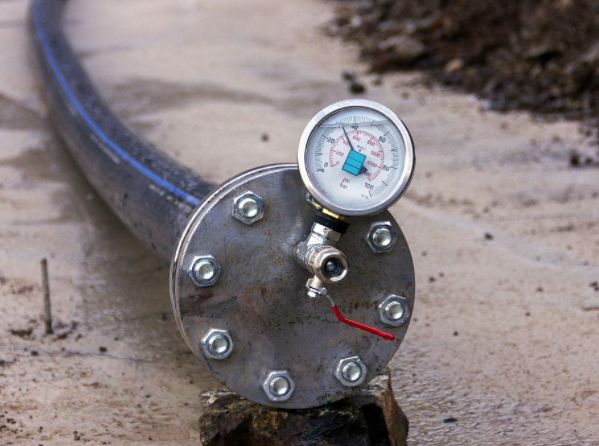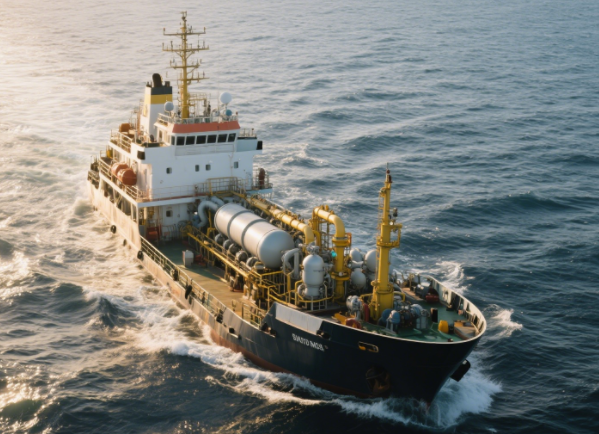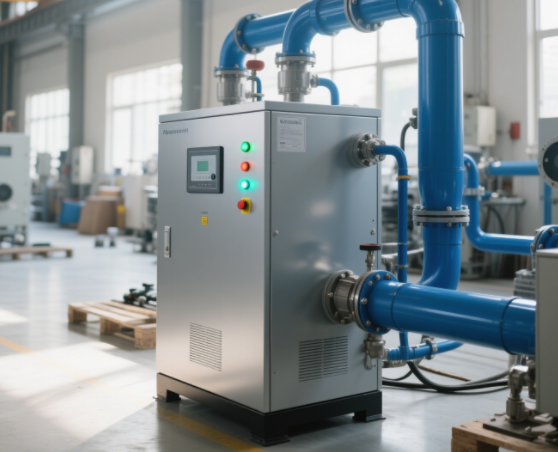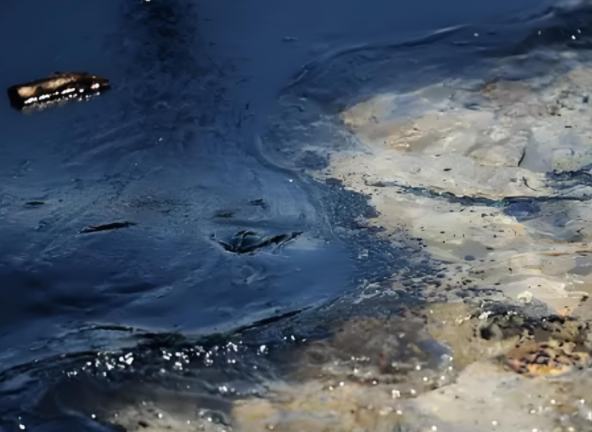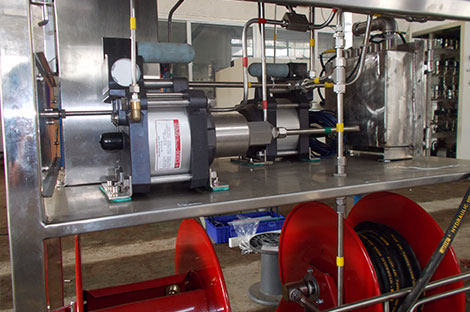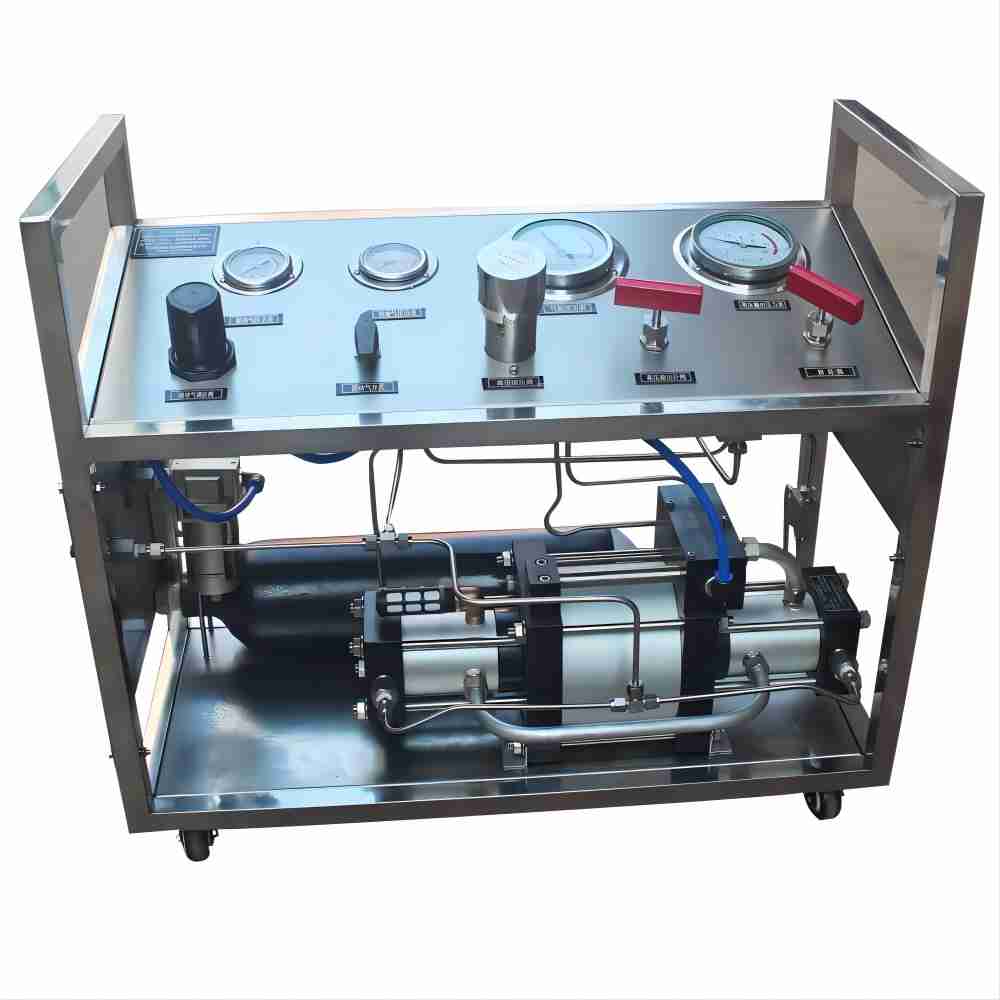How Oil Well Pressure Control Works: Methods and Equipment Guide
Oil well pressure control is one of the vital aspects of oil and gas exploration and production, operating around the clock for downhole security. Not only can it protect against catastrophic events like blowouts and leaks, it contributes to making operation efficiency and recovery of resources efficiently as well.
In this article, we will cover the fundamentals of well pressure control, providing you with the knowledge that will make you an expert in safety as well as efficiency within a field that is ever-moving.
Part 1. What is Oil Well Pressure Control?
Oil well pressure control refers to the monitoring and management of downhole pressure during drilling, completion, and production operations in the oil and gas sector. The objective is to develop pressure balance between the wellbore and the formations in order not to have uncontrolled flow of the formation fluids like natural gas, crude oil, or brine to the surface uncontrollably.
Pressure in a well may differ based on conditions in its formation, operation practice, or characteristics of the drilling fluid. When left unchecked, these fluctuations could have catastrophic effects on its operations and ultimately be lethal.
- Blowouts: Sudden release of high-pressure formation fluids may lead to fires, explosions, and catastrophic surface accidents.
- Personnel Injuries or Fatalities: Uncontrolled pressure incidents create severe risks to field personnel safety.
- Equipment Damage: Pressure spikes could bring about extensive damage on major well equipment such as wellheads, casings, and drill tools, resulting in expensive replacement expenses.
- Formation Damage and Environmental Contamination: Pressure imbalances could fracture formations, cause fluid migration, contaminate groundwater reservoirs, or present environmental hazards on surfaces.
Implementing a well-thought-out pressure control strategy and providing top-of-the-line, reliable control systems is critical to offer safe, cost-effective, and sustainable oil and gas development.
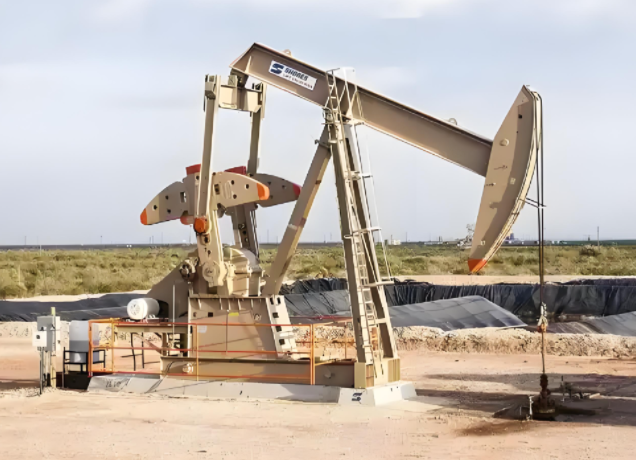
Part 2. 4 Main Methods of Oil Well Pressure Control
In oil and gas operations, maintaining wellbore pressure within safe limits is critical. Efficient pressure control is achieved through several key methods and technologies throughout drilling, completion, and production. A detailed overview of the main approaches used in oil well pressure management is provided below.
Drilling Fluid Density Control Solutions
Drilling Mud density (otherwise referred to as Drilling Fluid) is very important in formation pressure control. By adjusting the drilling fluid density (otherwise called Drilling Mud), operators can achieve an ideal “balanced hydrostatic column pressure,” combat the formation pressures and avoid unwanted influx of formation fluids into their wellbore.
Drilling fluid not only helps control pressure, but also stabilizes wellbore walls, removes cuttings, and cools the drill bit – thus helping to lower blowout risks while allowing safe and smooth drilling operations. Effective control of drilling fluid density is therefore critical in lowering blowout risks and allowing safe operation.
Blowout Preventer (BOP) System
Blowout Preventers (BOPs) are safety equipment mounted on wellheads that are used to minimize pressure spikes. In case of pressure spikes suddenly, BOPs close wellbore access points quickly to act as the final defense mechanism against blowouts.
An optimal BOP system typically comprises multiple components, including ram preventers and annular preventers equipped with remote monitoring capabilities, to enable fast emergency response times and effective control.
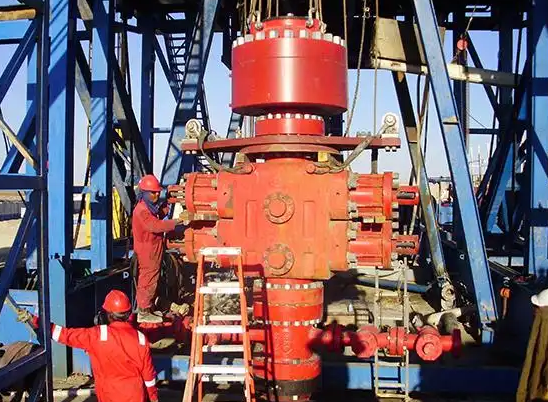
Choke and Pressure Control System
This system comprises choke manifolds and choke valves to allow operators to precisely manage fluid pressure exiting their wellhead. By adjusting the choke valve opening, this system stabilizes downhole pressure levels, effectively managing situations like gas kicks. Furthermore, its role is crucial in maintaining pressure balance and preventing uncontrolled flow to the surface.
Managed Pressure Drilling (MPD) Technology.
Managed Pressure Drilling (MPD) is an advanced and proactive pressure management technique that employs high-precision pressure sensors, automated control systems, and real-time data monitoring to achieve dynamic adjustments of downhole pressure by controlling drilling fluid circulation pressure and wellhead pressure. MPD allows continuous dynamic adjustment of downhole pressure by dynamically controlling both.
MPD represents a substantial advancement in modern drilling technology and should be taken seriously as an approach for maintaining pressure equilibrium in complex geological formations, minimizing risks of blowouts and wellbore instability, as well as improving drilling efficiency overall. It represents significant pressure equilibrium maintenance.
Part 3. Key Equipment of Oil Well Pressure Control
Pressure control systems in an oil well also depend on some crucial pieces of equipment for maintaining operational efficiency and safety. Every one of the equipment has a specific role to play, and their coordination and efficiency directly affect the responsiveness and stability of the system. The following is a closer analysis of the integral key equipment.
Blowout Preventer (BOP):
BOP is also one of the primary safety equipment that is installed on the wellhead. Its primary function is to shut down rapidly in case there is a sudden increase in pressure in order to avoid high-pressure fluid, say oil, gas, or brine, from migrating to the surface.
Made up of several components such as ram and annular preventers, the BOP is the ultimate safeguard against blowouts, and its sealing ability and response time are critical to well control.
Choke Manifold:
Choke manifold consists of adjustable choke valves and high-pressure piping. It controls and guides the flow of wellhead fluids in a manner that allows operators to precisely manage outlet pressure.
Through the control of the opening of the choke valve, downhole pressure can be appropriately controlled, particularly under conditions such as gas kicks or when there is a need to lower surface pressure.
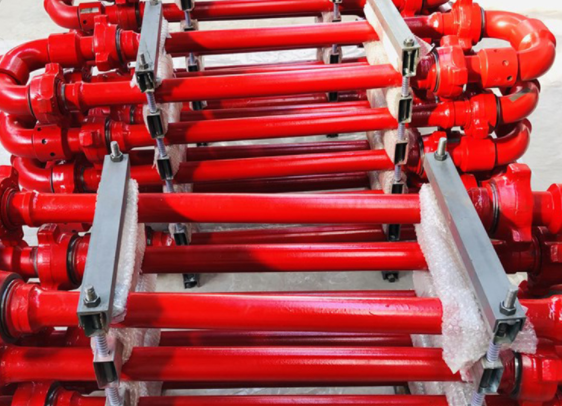
Drilling Fluid Pump and Density Control System:
This system is equipped with high-pressure mud pumps, fluid tanks, mixers, and density control equipment. It can circulate the drilling fluid continuously and also control its density and viscosity as needed. Accurate control of the drilling fluid’s physical properties guarantees stable wellbore pressure and prevents undesired formation fluid entry.
Control Panel and Sensor System:
With pressure, flow, temperature sensors along with data processing and remote control panels, this system supports real-time monitoring, automatic response, and interpretation of data. It provides real-time feedback to operators and improves intelligent well control decision-making.
Together, these devices form an integrated pressure control system. Only through high equipment reliability and seamless coordination can safe and efficient pressure control be achieved in complex downhole environments.
Part 4. Oil Well Pressure Control Challenges
Oil well pressure control is confronted with a range of advanced challenges that need advanced technology and cautious management to ensure safety and operating efficacy.
High Pressure High Temperature (HPHT) Conditions:
As wells get longer, the downhole environment is under very high pressure and heat. These conditions put very extreme requirements on equipment materials and structural integrity of pressure control systems.
Equipment must endure pressures of often more than 1000 bar and temperatures of over 150°C without compromising, requiring highly advanced alloys and structure-stable engineering design to guarantee performance and integrity.
Complex Downhole Geological Structures
Subsurface layers are seldom even. Fault zones, fractured formations, salt formations, and other highly complex layers can cause sudden and unexpected pressure fluctuations.
These fluctuations challenged traditional pressure control methods in the sense that rapid pressure increases or declines were possible, which added risk towards well control accidents. Effective geological modeling and dynamic pressure management methods become more important under such conditions.
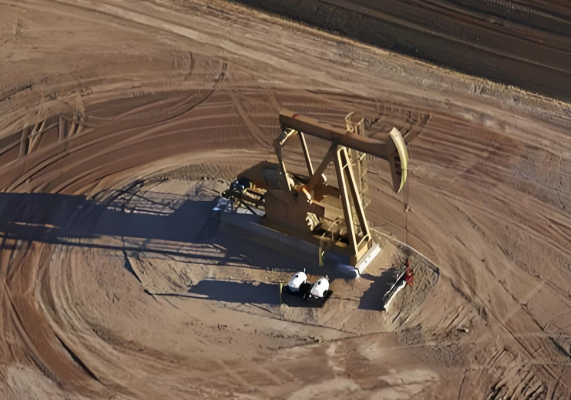
Gas Kick Incidents
Gas kicks are a direct consequence of formation gas invasion into the wellbore due to inadequate pressure control. A slight miscalibration or reaction lag causes sudden growth, which may trigger blowouts or other disasterous accidents. Proper detection and handling of gas kicks must be realized through rapid-reacting control devices and precise monitoring.
Remote and Harsh Operating Environments with Data Latency
The majority of oil and gas reservoirs are located in remote, hard-to-reach, isolated areas where it is challenging to get real-time information and be responsive to operations. Transmissions of pressure data delays and local expertise limitations necessitate increased automation and intelligent control systems.
Sophisticated remote monitoring, compensation via automation, and predictive analysis are increasingly becoming vital to counteract such challenges and guarantee safe, uninterrupted operations.
Part 5. Wingoil Well Control Equipment for Oilfield – Your Reliable Device
Well control equipment is a critical component of oil well pressure control system for oil and gas drilling and production operations. It is used to measure and control pressure at the wellhead and in the wellbore in real time and avoid uncontrolled release of oil, gas, and water.
Such equipment includes a tough and durable frame that will withstand harsh and complex operating conditions, and afford protection and stability for drilling, completion, and production operations through the combination of hydraulic, pneumatic, and hydraulic water pressure control operations.
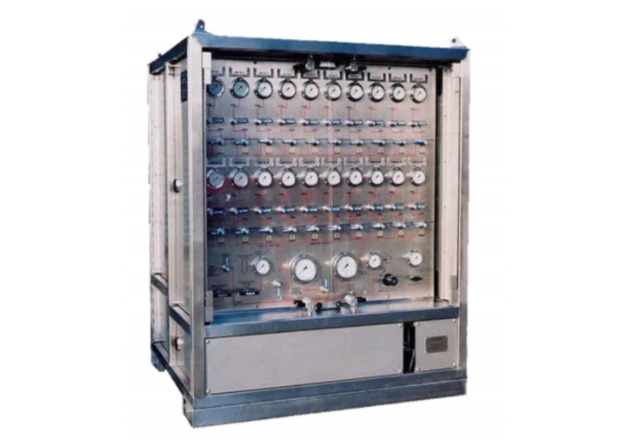
Wingoil Well Control Equipment consists of high-strength stainless steel and anodized aluminum alloy, possessing better pressure resistance and corrosion protection. It meets the pressure need up to 1500 bar and comes equipped with state-of-the-art pressure control panels and sensors in order to enable real-time observation and rapid response, making it an ideal solution for oil well pressure management.
Key Features of Wingoil Well Control Equipment
High Pressure Resistance: Supports hydraulic pressures of up to 1500 bar and pneumatic pressures of up to 750 bar, effective for many high-pressure well operations.
Durable and Long-Lasting Structure: Made of high-strength stainless steel and anodized aluminum alloy, the equipment is heat-resistant and corrosion-resistant, enabling long-term stable operation.
Accurate Pressure Monitoring: Equipped with a number of sensors and pressure gauges to measure instant changes in wellhead pressures, enabling operators to make rapid decisions and control.
Rapid Response Capability: Includes efficient hydraulic and pneumatic control mechanisms to respond quickly to any abnormal pressure conditions, successfully preventing blowouts.
Simple Operation: Provides simple control panel layout to enable field personnel to easily learn and operate, promoting efficiency in work.
Integrated Multi-Function Design: Synthesizes hydraulic, pneumatic, and water pressure control systems to meet diversified requirements in different stages of oil well operations.
Final Words
There isn’t a single operation that is conducted in oil well pressure control but an integrated system employing engineering technology, equipment, and operation procedures. In this integrated system, every single component, from drilling fluids to blowout preventers, to choke systems to modern well control equipment, plays an integral role.
Our Wingoil Well Control Equipment, which features strong design, fast response times, and all-around pressure test capabilities, has emerged as a crucial protector of oil and gas installations. Not only does it increase the dependability of pressure control but also gives field operators greater safety and confidence.

